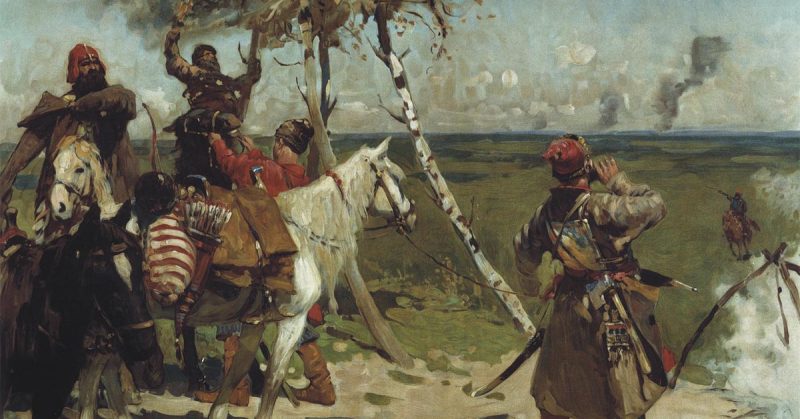The Molodinskaya Battle (or the Battle of Molodi) is a major battle that took place from July 29 to August 2, 1572, near the village of Molodi, which is near Moscow. It was fought between the Russian army, under the leadership of Prince Mikhail Vorotynsky and Prince Dmitry Khvorostinin, and the army of the Crimean Khan Devlet 1 Giray, which included Crimean, Turkish, and Nogai troops.
Although it had numerical superiority, the Turkish-Crimean army was defeated. In its significance, the Battle of Molodi is comparable to other key battles in Russian history.
Background of the Battle
In the 16th century, the Ottoman Empire was one of the largest and most powerful states in Europe and Asia. It continued to expand its zone of influence and capture new lands. However, the plans of the Turks were hampered by the determination of Ivan the Terrible, who in 1552 conquered Kazan, and then the Astrakhan Khanate, which were the eastern allies and support of the Ottoman Empire. Strengthening of Russia prevented the domination of the Turks.
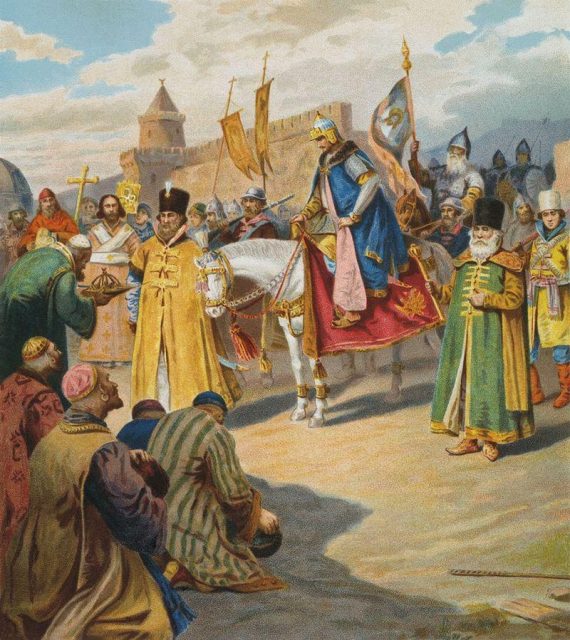
In 1571, the Crimean Khan Devlet 1 took advantage of the fact that Russia took part in the Livonian War. He invaded and destroyed Moscow; only the stone Kremlin survived, and more than 60,000 people were taken prisoner.
In addition, on the way to Crimea, Devlet ravaged many other Russian cities. Seeing the severe situation of famine and epidemics in Russian lands, Devlet decided to return and completely capture the weakened Russian state.
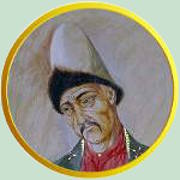
With the military support of the Ottoman Empire, the Crimean khan managed to assemble an army that, according to various estimates, numbered anywhere from 40,000-100,000 soldiers. At this time, Ivan the Terrible transported the Russian treasury to Novgorod, and he himself went to Moscow to direct the military operations.
Upon reaching Moscow in June 1571, the Russian tsar offered a military alliance to the Crimean Khan. He promised to give the Tatars Astrakhan, but they refused because they wanted to seize the entire territory of the Russian state.
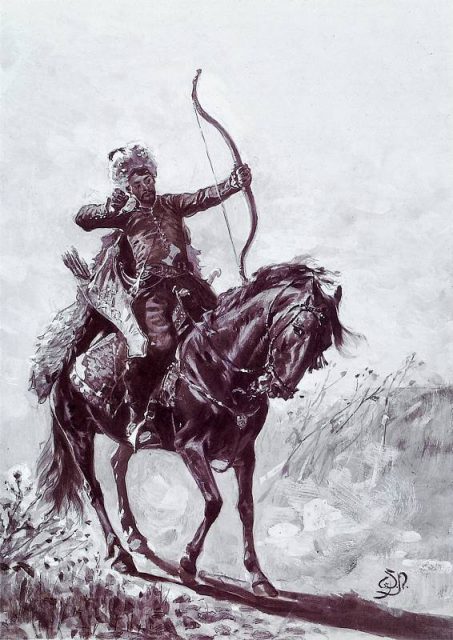
From the text of Henry Staden, who participated in the Molodino battle:
«Crimean king boasted in front of the Turkish sultan, he would take the whole Russian land during the year, the Grand Duke prisoner would lead to the Crimea and its Murzas takes Russian land»
After that, Ivan the Terrible decided to leave for Novgorod and take with him ten thousand soldiers. The head of the border guards, who was supposed to lead the battle on the orders of the tsar, was Prince Mikhail Vorotynsky. Under his command was a 20,000-strong army. In addition, Vorotynsky’s forces were joined by a detachment of 7,000 German mercenaries sent by the tsar, as well as Don Cossacks.
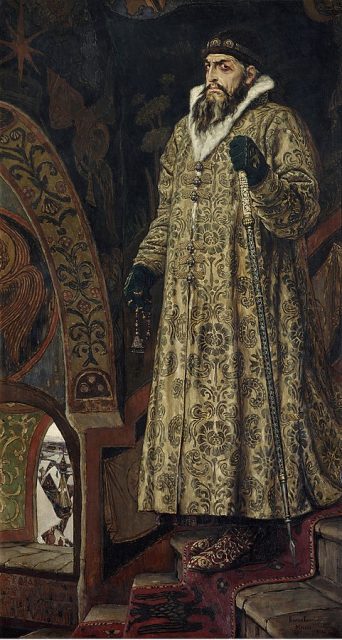
On July 27, 1572, Tatar troops crossed the Oka and approached Moscow along the Serpukhov road. However, due to its large number of soldiers, Devlet’s army was very stretched out. The next day, near the village of Molodi, the Crimean rear guard was attacked by one of Prince Khvorostinin’s detachments, and fell behind the main body during the engagement.
Prince Khvorostinin’s soldiers were armed with muskets. They managed to keep the Tatars in the distance, and practically destroyed the entire rear guard. It was just the beginning.
The approximate balance of forces:
Russian army:
The Great regiment – 8,255 men, and the Cossacks of Mikhail Cherkashenin.
The regiment of the Right Hand – 3,590 men.
The regiment of the Left Hand – 1,651 men.
The Advanced regiment – 4,475 men.
Watchtower Regiment – 4,670 men.
In total, more than 22,000 soldiers were collected at the disposal of Prince Vorotynsky.
The Crimean Tatars:
60,000 equestrians, as well as numerous detachments of the Big and Small Nogai hordes.
Molodinskaya battle
On July 30, 1572, the troops of the khan entered into battle with the combined forces of the Russians. Prince Vorotynsky’s army was divided into several regiments: the Great, Right Hand, Left Hand, Watchtower and Advanced. Russian infantry was located on a hill in a mobile fortress called “Gulyai-city” or “wagenburg”. This consisted of many heavy carts on which powerful oak shields were installed.
Horses moved the carts, making it possible to create fortifications of any shape and in different places. The shields provided protection against cavalry and small arms. Return fire from both muskets and heavy guns was conducted through special holes in the wagenburg.
The Great Regiment was located behind the river Rozhai. There, soldiers with muskets hid behind natural terrain. The rest of the troops, including the infantry and cavalry, were located on the flanks and covered the rear.
Several tens of thousands of Tatar warriors rushed in to attack the wagenburg. They managed to destroy the squad of riflemen, but “Gulyai-city” survived, and shots from behind the wooden shields inflicted irreparable damage to the Khan’s troops. The next day, July 31, most of the army of Devleta again advanced to storm the mobile city. However, the Russians again repulsed the attack. The next day, a new attack followed, led by the legendary Divey Murza, but the offensive was broken, and Divey Murza himself was taken prisoner.
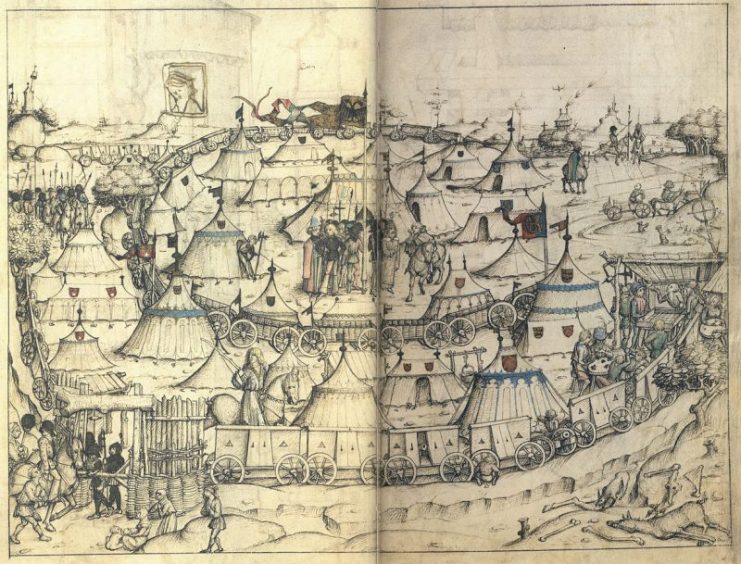
At this time, a great famine began in the wagenburg, for the mobile fortification was not designed to withstand a long siege. To survive, the warriors killed and ate their horses. The Tatars knew that in a few days the Russian soldiers would be weakened from hunger, so they decided to stop conducting active hostilities and simply wait.
The Moscow voevoda Yuri Tokmakov decided to use false information to force Devlet to retreat. He ordered a messenger to deliver a written message to Prince Vorotynsky, which said:
“Sit fearlessly, because the huge Novgorod army, led by Ivan IV, is going to help”.
Actually, Tokmakov knew that the Tatars would catch the messenger. For this reason, the message was designed not to be read by the Russians, but by Tatars in order to frighten them. As expected, the Moscow messenger was caught and killed.
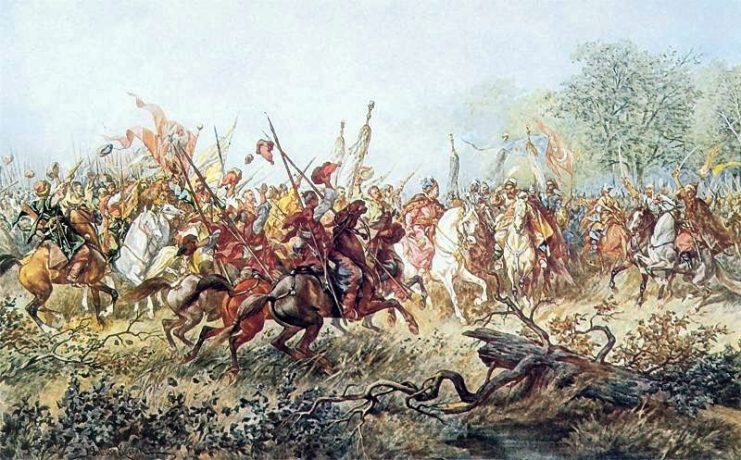
On August 2, Devlet decided to resume the attack on the Wagenburg and rescued Divya-Murza. The troops of the Tatar Khan advanced into a decisive offensive. However, the attack again did not bring the desired result. Then the Khan gave orders to all the soldiers to dismount from their horses and join the Janissaries to attack the impregnable mobile fortress. The infantrymen attempted to destroy the fortifications of the Wagenburg by hand, but failed.
“Many Tatars were beaten and many of their hands were cut”
At this time, Prince Vorotynsky struck at the rear of the Tatar troops. The soldiers of Khvorostinin left the walls of the mobile city and inflicted massive cannon fire on the Tatars as well. In this battle, a large number of troops of the Crimean Khan Devlet died, including his own grandson. Many fled the battlefield. In the course of the pursuit of the remnants of the army, another couple of thousands of soldiers were killed, and more were drowned in the river. Only one in five soldiers of the Khan army survived.
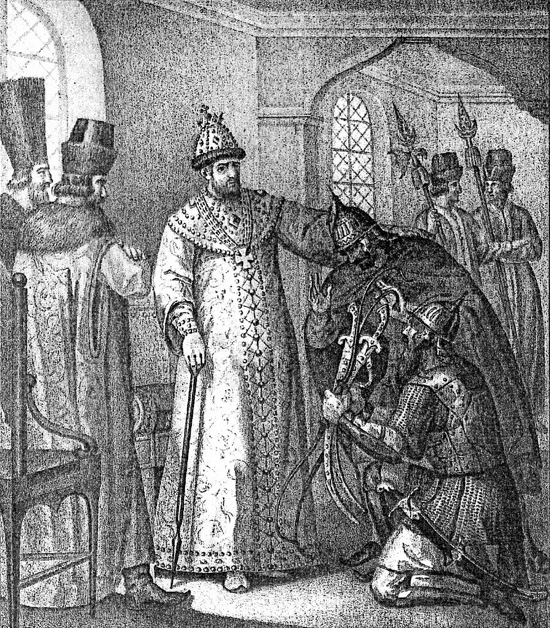
Result
There are a variety of sources claiming various casualty figures ranging from 30 thousand to 110 thousand Tatars. However, most sources recognize that nearly the entire male population of Crimea capable of bearing arms was elimated. Russian losses are cited between 4 and 6 thousand.
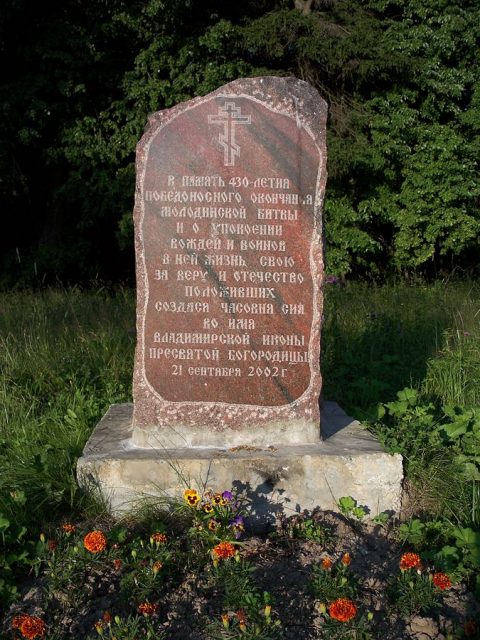
Most of the male population of the Crimea died in the battle. As a result, the path opened for further Russian expansion to the east and to the southeast. The Ottoman Empire was forced to abandon plans to return to the middle and lower Volga region.
Read another story from us: Ivan The Terrible Conquers The city Of Kazan
A year later, Mikhail Vorotynsky was accused of infringing on the royal throne. He was taken into custody and tortured to death. Ivan the Terrible took part in the torture.
